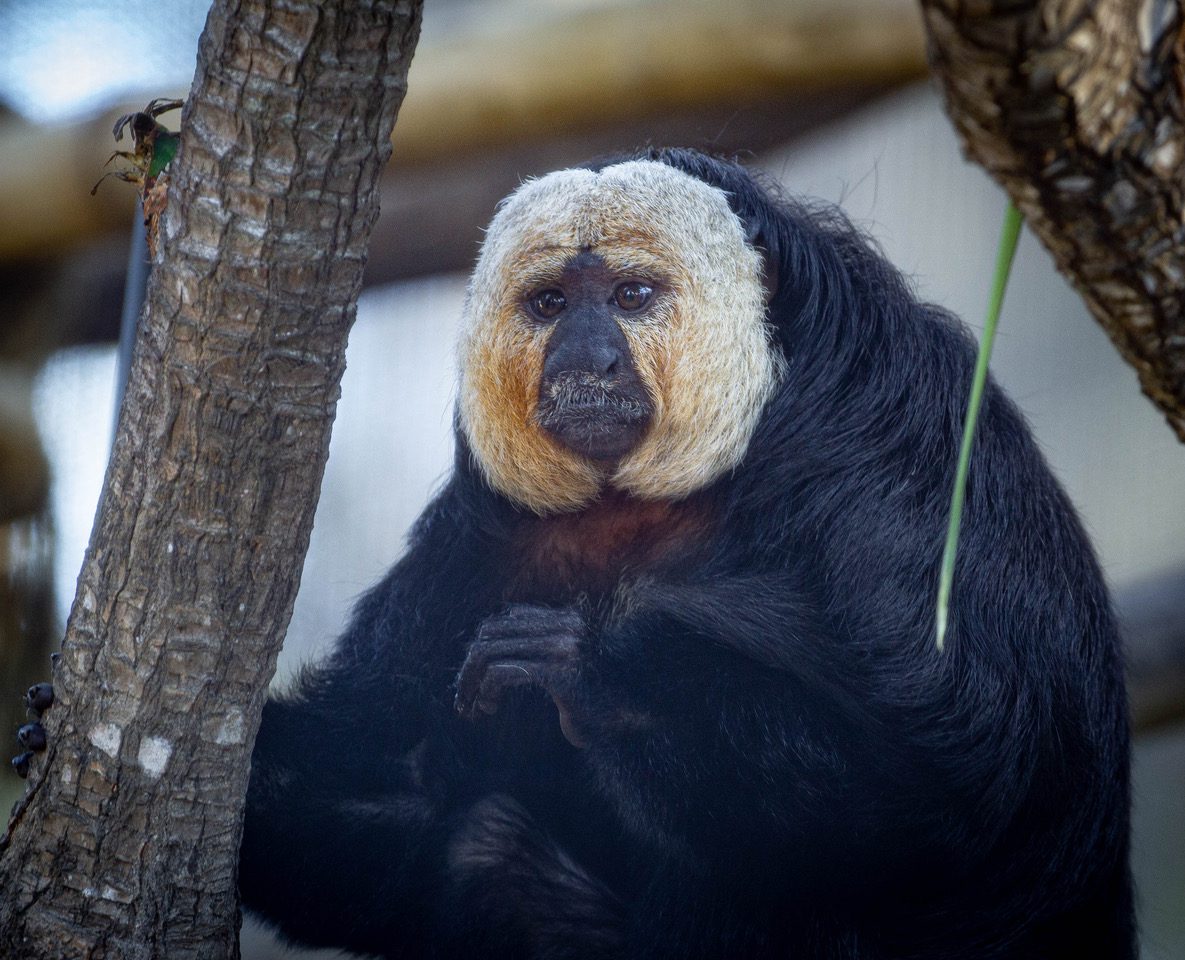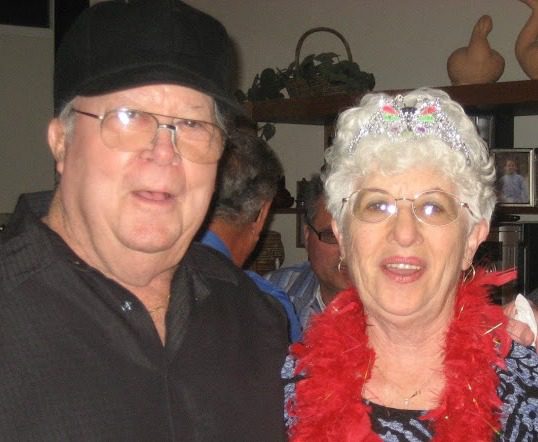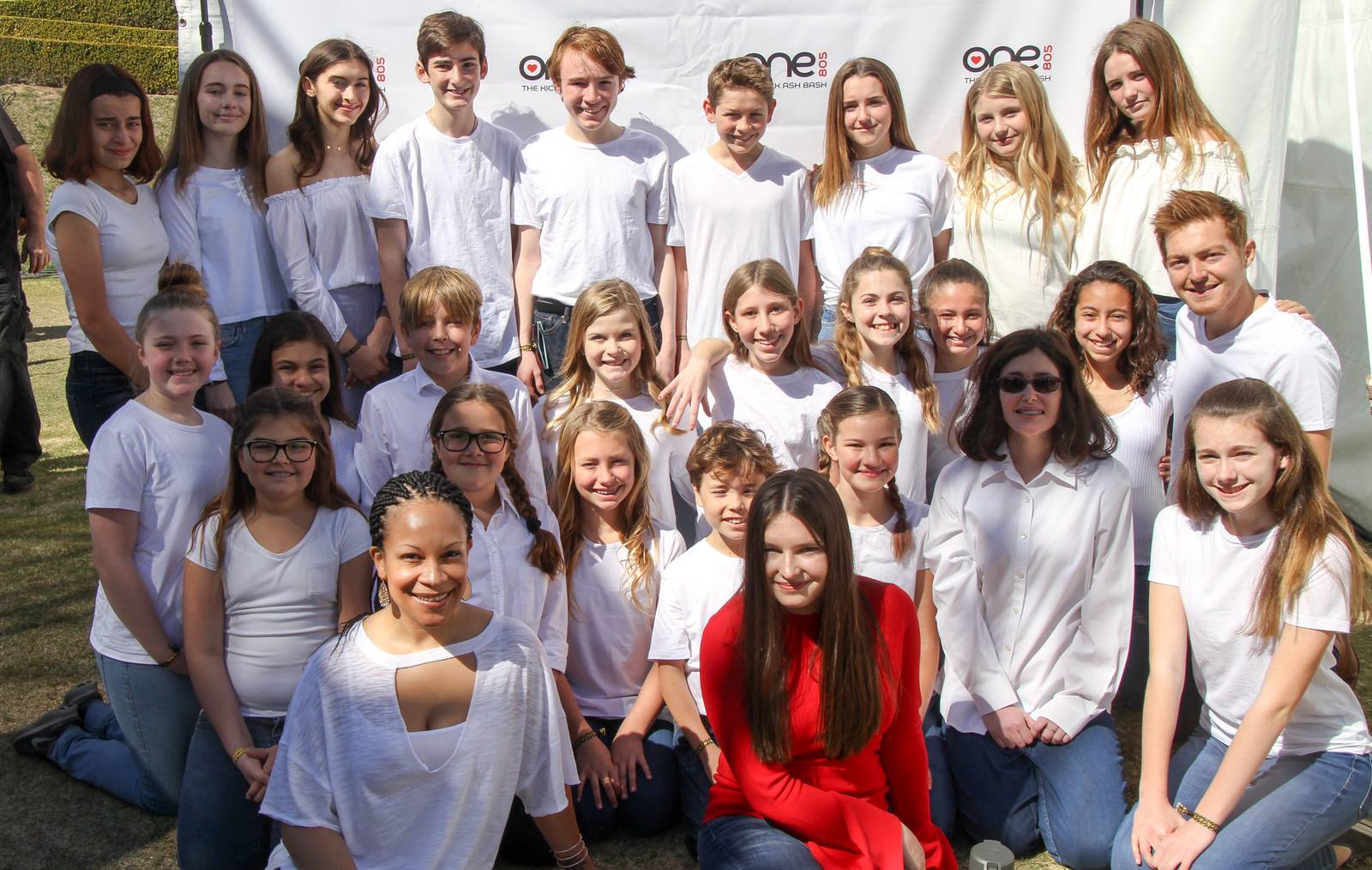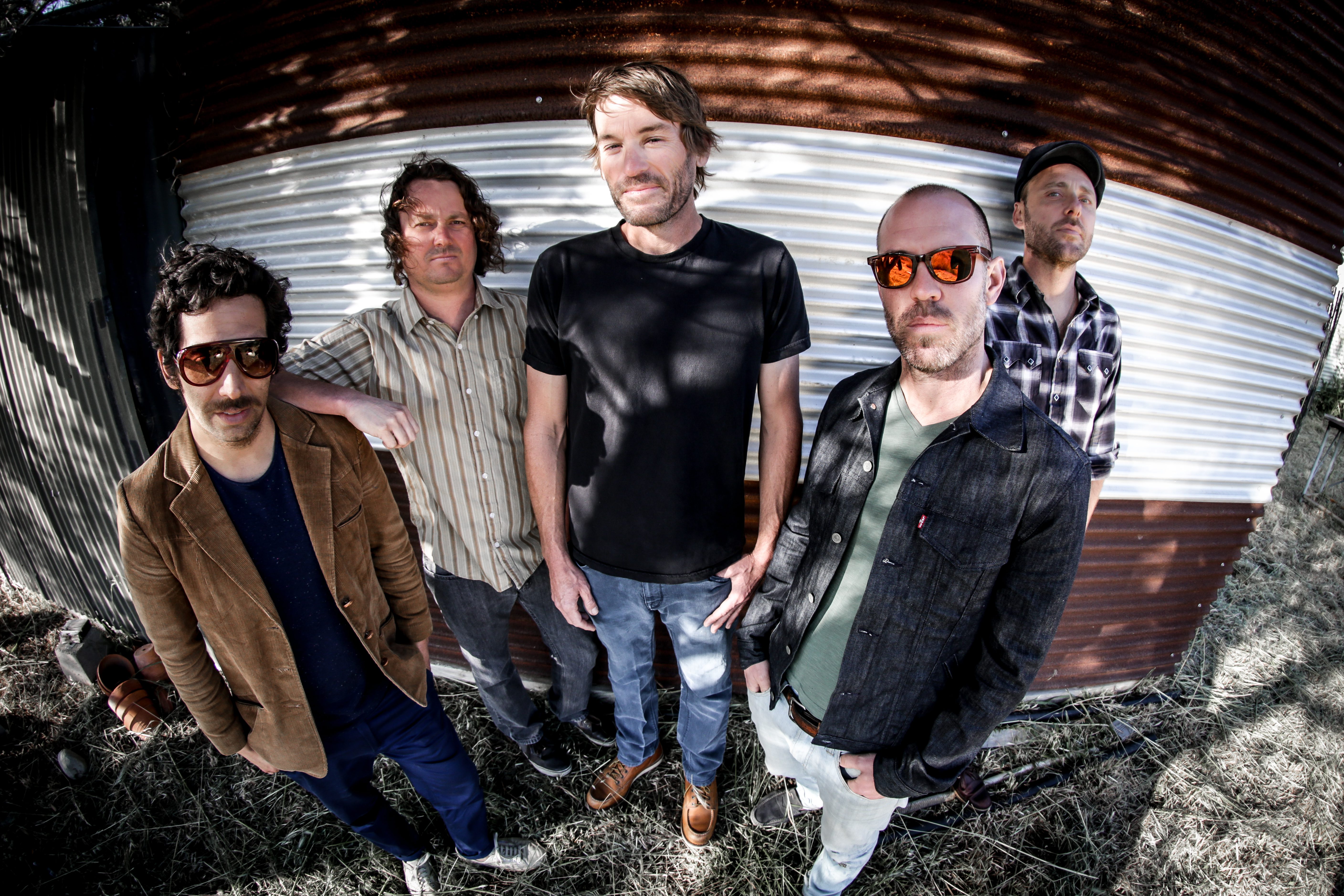Staff Report
The Santa Barbara Zoo is excited to welcome Penelope and Calabaza, two new white-faced saki monkeys who will now call Santa Barbara home. Calabaza is 3 years old and came to the Santa Barbara Zoo from Zoo Miami, where he lived with his parents and 1-year-old sister. Penelope is 2 years old and came from Gladys Porter Zoo in Brownsville, Texas.
The two were matched by the Species Survival Plan (SSP) managed by the Association of Zoos and Aquariums (AZA), and have a breeding recommendation.
The zookeepers are enjoying getting to know the two new monkeys and are helping them comfortably adjust to their new home.
“Penelope has settled in well and while she’s still a bit shy, she has been opening up and starting to show her personality more and more,” said Kristen Wieners, zoological manager and training facilitator at the Santa Barbara Zoo. “Calabaza is very curious about everything and anything in his surroundings, and is also quite the talker when he gets excited. We are in the process of introducing the two to each other, and so far things are going well.”
Penelope and Calabaza are the first two of their kind to call the Santa Barbara Zoo home. White-faced sakis are named for the male’s appearance, but the males and females look very different. The males are recognizable with all black hair and distinctive white faces, while the females and their young have brownish-gray “salt-and-pepper” hair.
White-faced sakis are known for their loud calls that monogamous pairs of males and females sing together to establish their territory. Their song helps seal their bonds of courtship as well as defend their turf. Penelope and Calabaza can be found in the primate exhibit (near the penguins) with the golden lion tamarins, an endangered species of monkey also native to South American rainforests (specifically in Brazil).
White-faced saki populations face various human related threats, including hunting, pet trade, and habitat destruction. The Santa Barbara Zoo participates in the white-faced saki Species Survival Plan, a shared conservation effort by zoos throughout the Association of Zoos and Aquariums.
While the Santa Barbara Zoo will be temporarily closed, the community is encouraged to visit their website sbzoo.org as well as their social media channels (Facebook, Instagram and Twitter) as a way to enjoy the zoo from the comfort of home. The zoo looks forward to welcoming the public back once it’s safe, and appreciates the community’s ongoing support. To consider making a donation to the Santa Barbara Zoo’s Emergency Operations Fund, go to https://sbzoo.pivvit.com/support-the-zoo-during-covid-19-recovery.








